How Does Wall Moisture Develop?
Moisture problems in a building can be a huge issue for businesses. The problem with moisture is you sometimes don’t even know it’s present until it’s too late. Once mold and mildew start forming, you could be dealing with significant repairs and potential health issues for yourself and your employees.
The good news is regular thermographic scanning can detect areas where wall moisture is present. This allows you to address the area before it gets worse and causes significant issues. How does wall moisture really develop and what can you do to prevent it? Here are some facts and points to consider.
Poor Construction or Drainage
Many infrared inspection services realize wall moisture is simply a result of poor construction, especially in the drainage system. Some structures simply aren’t built to handle water drainage, no matter how structurally sound they are. This is one of the reasons why infrared thermography testing is critical before purchasing or leasing a new office space. When water sets in certain areas, especially on the roof of a building, wall moisture is inevitable. Thermographic scanning plays a large role in identifying large-scale issues that could lead to wall moisture at some point.
Cracks or Holes in the Wall
Any time you have cracks or holes in your wall, there’s a huge risk of moisture intruding. Moisture could hide in between the walls for a long time before you ever notice an issue. However, when you do an infrared thermography scan, thermographers will be able to detect the presence of moisture because of the temperature difference in certain areas. When these areas are identified, you can address the crack or hole immediately to prevent mold growth or other larger issues.
Humidity and Heat
If your building is in an extremely hot and humid environment, you always have to be concerned about moisture developing where it shouldn’t be. When you combine moisture with heat and small spaces, you’re sure to develop mold and other issues requiring extensive repairs.
The good thing about infrared inspection services is the IR technology can quickly and easily identify areas where moisture is present. This could be on a roof, in walls, in a basement, HVAC systems or anywhere else you normally don’t look. Humidity and heat are uncomfortable to begin with, but the combination can also lead to tough consequences for your business if it leads to wall moisture.
Infrared Consulting Services is the leader in providing the best thermographic scanning services in the industry. Our certified thermographers can not only detect wall moisture, but can also help you identify the root of the issue so it won’t occur again. Be sure to contact us to set up an appointment or to learn more about our services and how we can help your business.

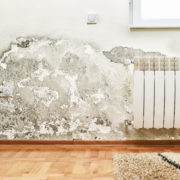
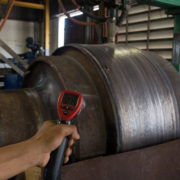
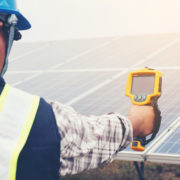

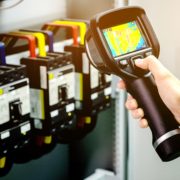
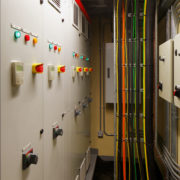
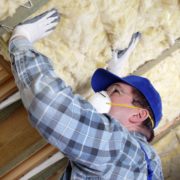
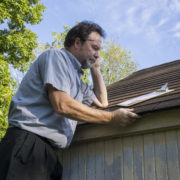

 By detecting problems before they occur and by pin-pointing exactly where problems might exist, Infrared Thermographic Testing has many benefits.
By detecting problems before they occur and by pin-pointing exactly where problems might exist, Infrared Thermographic Testing has many benefits.
 Learn more about our wide range of non-invasive, non-destructive inspection & testing services and if they are right for your needs.
Learn more about our wide range of non-invasive, non-destructive inspection & testing services and if they are right for your needs.
 Founded in 1988, Infrared Consulting Services (ICS) provides professional infrared electrical, NDT and building envelope inspection services nationwide.
Founded in 1988, Infrared Consulting Services (ICS) provides professional infrared electrical, NDT and building envelope inspection services nationwide.